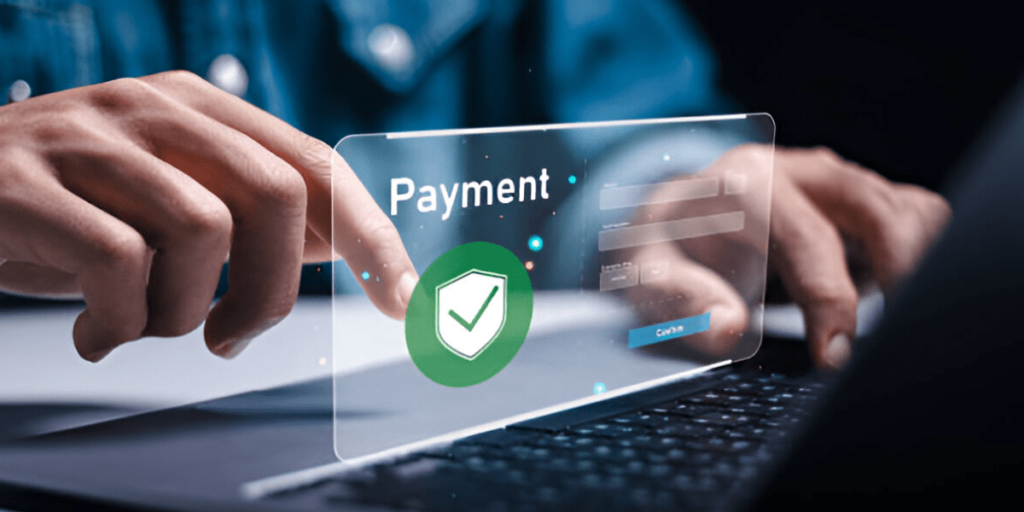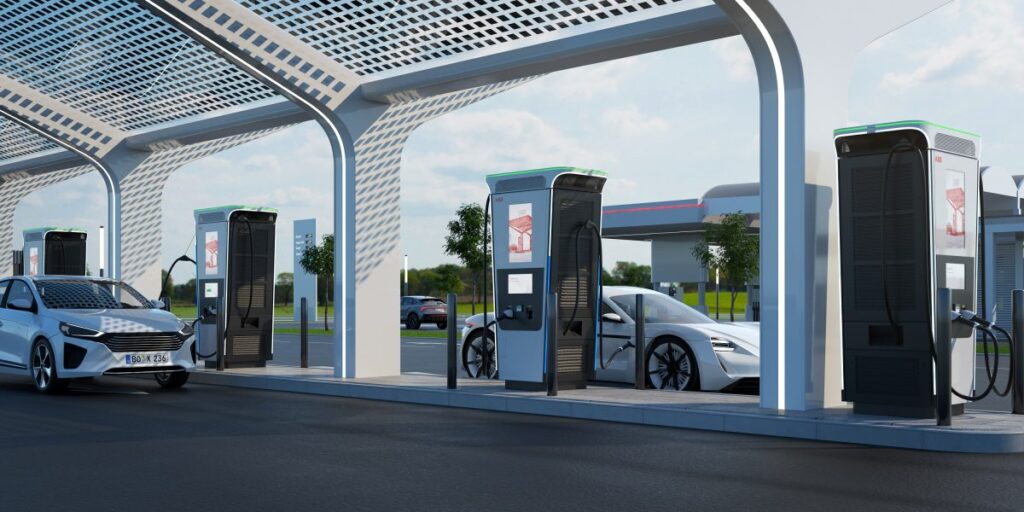B2B demand generation begins with identifying and targeting the right audience. Without clarity on who your ideal customer is, even the most well-funded campaigns will fall short. In the B2B space, this means defining buyer personas based on firmographics like company size, industry, revenue, and decision-making structures. Use data from CRM platforms and market research to segment accounts effectively. Account-based marketing (ABM) strategies can further refine your targeting by focusing on high-value companies with tailored messaging. Engaging with decision-makers through personalized outreach, whether via email, LinkedIn, or direct mail, boosts conversion potential. Strategic targeting ensures your message hits the right audience with the right context, which is foundational for successful B2B demand generation.
Leveraging Content to Educate and Attract
Content is the backbone of B2B demand generation, playing a critical role in both educating prospects and driving them through the funnel. Unlike B2C content, B2B materials must address complex problems, provide in-depth insights, and build credibility. Long-form blogs, whitepapers, webinars, case studies, and eBooks serve as valuable resources for decision-makers conducting research. These assets should be optimized for SEO to increase discoverability and positioned as solutions to real business challenges. Gated content allows for lead capture, while ungated pieces drive traffic and trust. Tailoring content to different stages of the buyer journey ensures you’re engaging with prospects in a relevant and meaningful way. Strong content marketing creates momentum and positions your brand as an industry thought leader, an essential goal for demand generation efforts.
Aligning Sales and Marketing for Unified Goals
One of the most impactful elements of effective B2B demand generation is aligning sales and marketing teams. When these departments operate in silos, lead quality suffers, messaging becomes inconsistent, and opportunities fall through the cracks. Unified teams work together to define what constitutes a qualified lead, how to nurture them, and when to hand them off to sales. Regular meetings, shared KPIs, and integrated platforms like HubSpot or Salesforce help facilitate collaboration. Marketing can generate interest and awareness, but sales provides feedback on lead readiness and deal flow, informing future campaign strategies. This alignment ensures a seamless transition for the customer from awareness to purchase, improving conversion rates and ROI. In a competitive B2B environment, internal cohesion can make or break a demand generation strategy.
SEO and SEM for Long and Short-Term Visibility
Search engine optimization (SEO) and search engine marketing (SEM) are vital components of any B2B demand generation strategy. SEO builds long-term traffic by optimizing your website and content for keywords your target audience is searching for. This includes technical SEO, quality backlinks, and keyword-rich, high-value content. On the other hand, SEM offers immediate visibility through paid search campaigns, capturing high-intent prospects actively seeking solutions. Use platforms like Google Ads to bid on relevant terms and direct users to focused landing pages. Incorporating retargeting strategies helps keep your brand top-of-mind and re-engages users who didn’t convert on the first visit. Combining SEO and SEM gives your brand both breadth and precision in visibility, ensuring your demand generation engine runs efficiently across all buyer touchpoints.
Multi-Channel Campaign Execution
B2B demand generation thrives on multi-channel campaigns that meet prospects wherever they are. Rather than relying on a single channel, modern demand gen strategies use a mix of email, social media, paid ads, content marketing, webinars, and events to maximize exposure. Each channel should deliver consistent messaging tailored to the platform’s context and audience behavior. LinkedIn is particularly effective for B2B targeting due to its robust filtering and professional user base. Email campaigns can nurture leads with personalized sequences, while webinars educate and engage. Offline methods such as trade shows and direct mail add a personal touch. Coordinating these channels through marketing automation tools ensures timing, frequency, and message alignment, which boosts campaign effectiveness. A multi-channel approach not only increases brand awareness but also allows for better attribution and optimization across the buyer’s journey.
Data-Driven Campaign Optimization

Successful B2B demand generation is rooted in data. Every touchpoint, from email open rates to content downloads and form submissions, provides insights into campaign performance and user behavior. Use analytics platforms like Google Analytics, HubSpot, or Adobe Analytics to measure what’s working and identify gaps. Track key performance indicators (KPIs) such as cost-per-lead, conversion rate, and customer acquisition cost to evaluate ROI. A/B testing on subject lines, CTAs, landing pages, and ad copy reveals what resonates most with your audience. Predictive analytics and AI tools can help forecast trends and improve lead scoring models. Continuous optimization based on real-time data ensures your campaigns are agile and responsive. In B2B, where cycles are longer and stakes higher, data is your most reliable guide for improving outcomes and scaling demand generation efforts effectively.
Webinars and Virtual Events for Engagement
Webinars and virtual events have become essential tools in B2B demand generation, especially in the era of remote decision-making. These formats provide a unique opportunity to demonstrate expertise, present solutions, and engage with potential clients in a more interactive environment. Host sessions on industry trends, product walkthroughs, or customer success stories to provide value and insight. Promote events through email, social, and partner channels to increase attendance. Use registration forms to capture leads and follow up with attendees through personalized email sequences. Include live Q&A sessions to boost interaction and address objections in real time. After the event, make the content available on-demand to continue generating leads. Webinars not only educate but also serve as a soft introduction to your brand, building credibility and interest in a way that static content alone cannot achieve.
Effective Use of Marketing Automation
Marketing automation streamlines and scales B2B demand generation by handling repetitive tasks and delivering timely, personalized content. Platforms like Marketo, Pardot, or ActiveCampaign enable businesses to set up workflows that nurture leads based on behavior and engagement. Whether it’s sending a follow-up email after a content download or triggering a demo request after multiple website visits, automation ensures consistent communication without manual effort. Lead scoring features help prioritize the most promising contacts, allowing sales teams to focus on high-value opportunities. Automation also enables segmentation, allowing you to send targeted messages to different buyer personas based on industry, job title, or lifecycle stage. When implemented thoughtfully, marketing automation increases efficiency, improves response times, and enhances the overall customer experience—all crucial components of a high-performing demand generation strategy.
Retargeting and Lead Nurturing Strategies
Not all leads convert on their first interaction, making retargeting and nurturing indispensable for B2B demand generation. Retargeting involves displaying ads to users who’ve previously visited your website or engaged with your content, keeping your brand in their consideration set. Platforms like Google Display Network, LinkedIn, and Facebook offer robust retargeting options tailored for B2B. Complement these efforts with lead nurturing campaigns that deliver ongoing value through email sequences, case studies, or industry reports. The goal is to maintain engagement and move leads closer to conversion over time. Use behavioral data to time messages effectively—sending the right content at the right moment based on a user’s past actions. By staying visible and relevant, retargeting and nurturing ensure that leads don’t go cold, ultimately shortening sales cycles and improving close rates.
Customer-Centric Messaging and Brand Positioning
At the heart of every successful B2B demand generation campaign is messaging that resonates. Businesses today don’t want generic pitches—they want solutions to their specific pain points. Your messaging should be clear, concise, and focused on customer outcomes rather than product features. Build your brand positioning around the value you deliver, whether that’s increased efficiency, cost savings, or innovation. Testimonials, case studies, and client success stories bring this value to life and add credibility. Tailor messaging to each buyer persona, taking into account their industry, role, and objectives. Consistency across all channels—from your website to your social media to your sales conversations—builds trust and recognition. Effective messaging cuts through the noise and creates a lasting impression, turning interest into intent and intent into action.
Conclusion
B2B demand generation is not about quick wins but about building a steady, scalable engine that fills the sales pipeline with qualified leads. It requires a strategic blend of targeting, content, technology, and data to meet prospects where they are and guide them toward a solution. By aligning sales and marketing, optimizing campaigns through insights, and nurturing leads across channels, businesses can create meaningful engagement that leads to long-term relationships. Each tactic—from SEO and webinars to retargeting and automation—plays a role in supporting the broader demand generation ecosystem. With consistent effort, smart execution, and customer-focused messaging, B2B demand generation can drive sustainable growth and elevate your brand in even the most competitive markets.
















